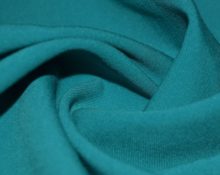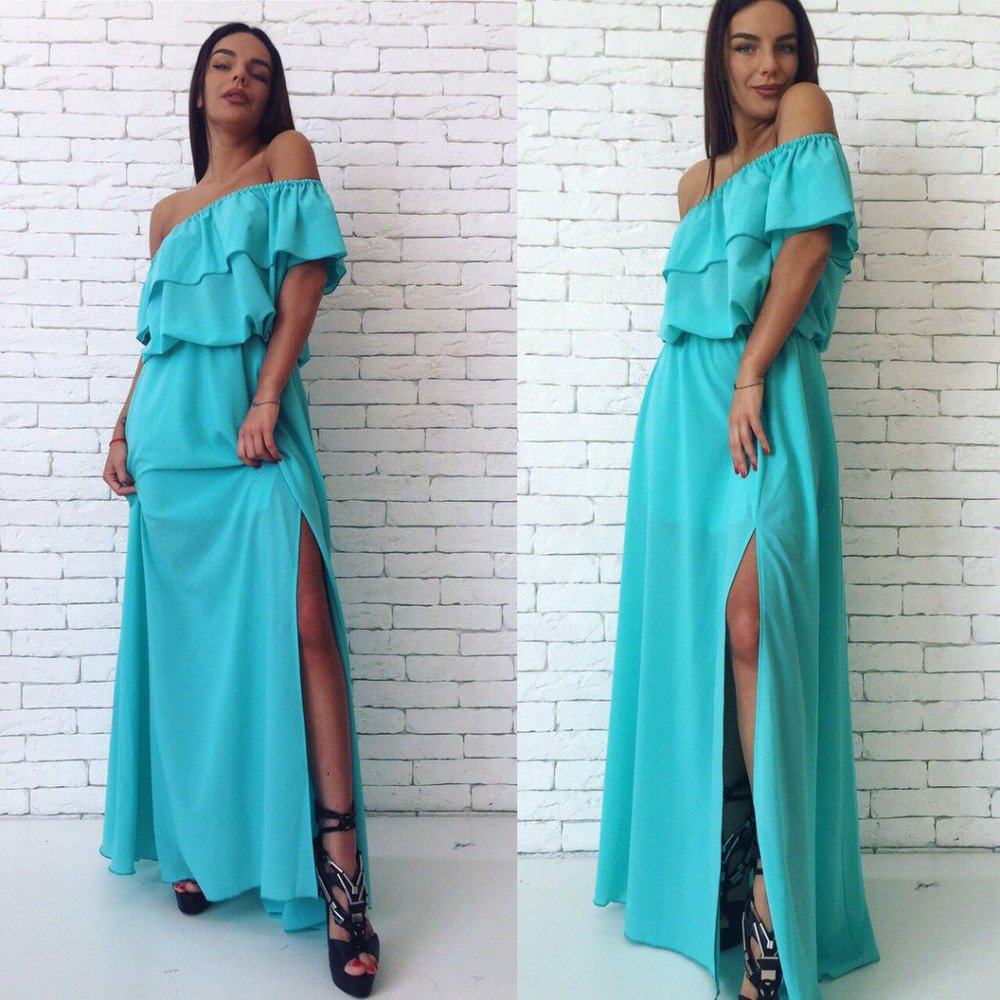Wavy, rough - this is how the common prefix “crêpe” is translated from French in the names of some types of fabric: crepe chiffon, crepe satin, crepe georgette... It becomes clear that in addition to similar names, they are united by the characteristic structure of the material with a fine-grained relief surface. How does the manufacturer achieve this memorable texture?
What kind of crepe is called dress crepe?
A little history. Crepe appeared in the arsenal of tailors a very long time ago and immediately gained well-deserved popularity. Back in the middle of the 19th century, products made from this fabric tightly entered the sphere of interests of the then fashionistas and fashionistas. Ball dresses, scarves and shawls, ties and veils - this is not a complete list of clothing items, the sewing of which used light, but at the same time durable flowing material. Combined with his unusual appearance, he earned well-deserved respect. In those days, crepe fabric was made mainly from raw silk and was very expensive.
Currently, crepe fabrics are produced not only using silk raw materials, but also cotton, wool, synthetic and artificial fibers. The unique three-dimensional pattern of the material is due to a special production technology: during the production process, the threads are strongly twisted in one direction or another, and then intertwined in a special way. In addition, at the final stage, the crepe fabric is steamed under high temperature. As a result, the fibers unevenly straighten, forming a surface that is rough to the touch.

Almost all types of crepe fabric are used for sewing clothes, which is why they are called dress fabrics.. Dress types include:
- crepe georgette is a transparent thin material with a pronounced texture;
- crepe chiffon - translucent, most often matte, without a front or back side;
- crepe de chine is a very popular material, opaque and at the same time thin;
- crepe-satin – combines the advantages of crepe and satin: smooth, shiny on one side and fine-grained on the other;
- stretch crepe - made from any fiber with the obligatory addition of elastane and polyester, indispensable in the production of certain types of clothing;
- woolen - a variety with a noble shine and characteristic roughness, soft, thin, but at the same time durable.
Crepe fabric, regardless of the source raw material, is obtained dense, wear-resistant and breathable. Products made from this type of fabric practically do not wrinkle, so it is not surprising that it has found its main application in the fashion industry.In addition, some of its types (jacquard, satin) are used in the manufacture of bed linen, curtains and decorative elements, in furniture upholstery and in the production of children's toys.
The ratio of fibers in the composition, as well as the pattern of their weaving, determines how a particular fabric will be used in the future. Classic crepe fabric consists of 100% twisted silk threads. The material, produced using cotton, wool and other components, owes its appearance to a special chaotic weaving.

Pros and cons of the material
The advantages of dress crepe fabric are obvious even to those who are not particularly versed in the intricacies of clothing design. The list of advantages is extensive:
- the highest wear resistance and strength, which is achieved by special twisting of the threads;
- unexpressed creasing;
- softness, “the ability of the material to breathe”;
- ability to repel moisture and dust;
- the ability to drape well, emphasizing the dignity of the figure;
- Finally, he's just beautiful.
The disadvantages of this type of fabric include its high cost and the need for careful care. (hand wash at low temperature, gentle ironing on reverse side). But here, too, there are a number of caveats. Recently, due to the introduction of artificial and synthetic fibers into technology, the production of dress crepe has become significantly cheaper. And modern products for washing, cleaning and ironing are quite capable of meeting the highest requirements for the care of such products.

Examples of using
The scope of application of dress crepe in the fashion industry is wide and varied:
- Its woolen variety (suit, crepon) is indispensable for sewing premium-class men's and women's suits, as well as light coats.
- Crepe satin is one of the best options for an evening dress or an elegant suit.
- Crepe chiffon is great for making blouses, light dresses and other summer clothes.
- Crepe de Chine is also in demand in summer wardrobes and in the design of wedding and evening dresses.
- Crepe georgette, a somewhat forgotten variety of fabric, is now becoming popular again. Scarves, capes, and scarves in retro style are made from it.
- And without the use of stretch crepe knitwear, it is impossible to imagine modern clothing for leisure, sports, casual style, etc.
Dress crepe firmly entered the wardrobe almost two centuries ago and is not going to give up its position. And such stability is quite understandable: few fabrics can compare with it in appearance, wearing comfort and quality indicators.


 0
0





